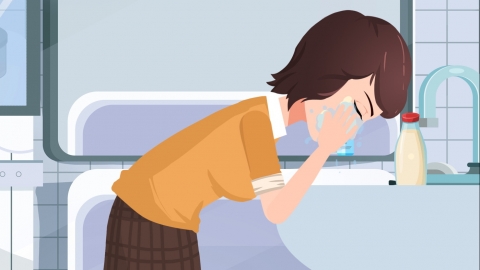How to treat facial redness
Generally, facial flushing may be related to factors such as emotional fluctuations, strenuous exercise, ultraviolet radiation damage, allergies, and contact dermatitis. Patients can manage symptoms by controlling emotions, avoiding excessive physical activity, using sunscreen, and receiving medical treatment. It is recommended that patients promptly visit a hospital for examination and undergo symptomatic treatment under a doctor's guidance. A detailed analysis is as follows:

1. Emotional fluctuations: When a person experiences strong emotions such as shyness, tension, or excitement, the body releases hormones like adrenaline, causing blood vessels to dilate and increasing blood flow to the face, resulting in facial redness. Managing emotions and learning relaxation techniques can help alleviate this condition.
2. Strenuous exercise: After intense physical activity, surface blood vessels, including those in the face, dilate to help the body dissipate heat, which is a normal physiological response. Resting and avoiding excessive exercise can relieve facial flushing.
3. Ultraviolet radiation damage: UV radiation can damage DNA in the skin, triggering an inflammatory response that causes blood vessel dilation and redness, often accompanied by pain, peeling, and pigmentation. It is recommended to use sunscreen, wear protective clothing, and avoid outdoor exposure during peak sunlight hours.
4. Allergies: Contact with allergens such as pollen, cosmetics, or food can cause allergic reactions, resulting in symptoms like redness, swelling, and itching of the facial skin, often accompanied by a stinging sensation. Patients should follow medical advice to use medications such as Loratadine tablets, Chlorpheniramine tablets, or Mupirocin ointment for treatment.
5. Contact dermatitis: Contact dermatitis is an immune reaction of the skin to external substances, presenting as redness, itching, and swelling, and may also involve blistering, flaking, and pain. Patients should use medications such as Hydrocortisone cream, Calamine lotion, or Compound Dexamethasone cream as directed by a physician to aid recovery.
During the recovery process from facial redness, it is important to maintain healthy lifestyle habits and a positive mindset, avoid excessive cleansing and friction of the facial skin, and preserve the integrity of the skin barrier.





